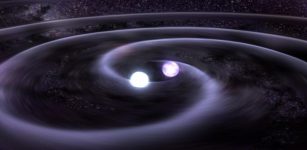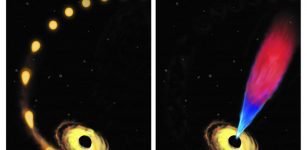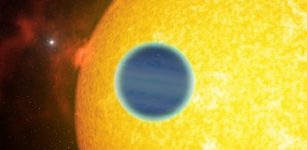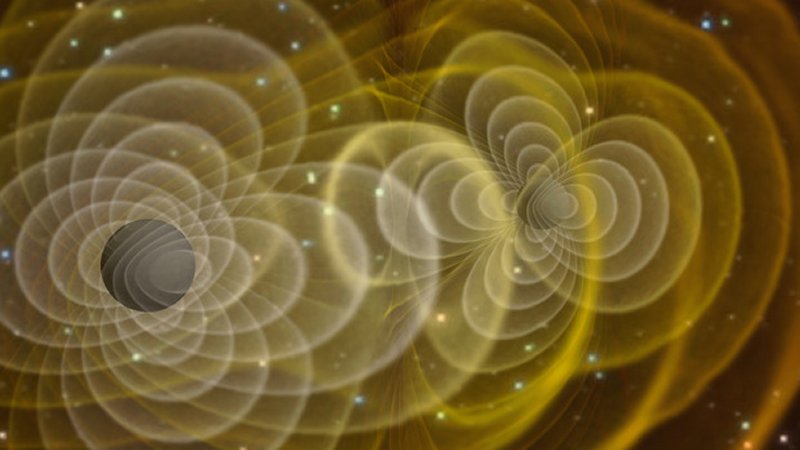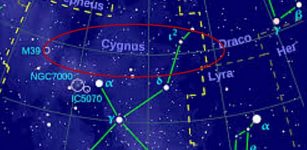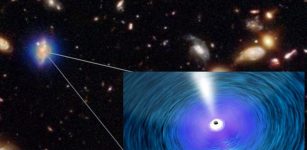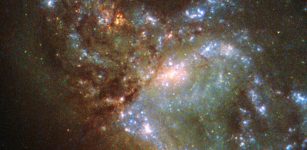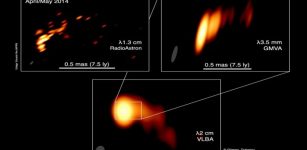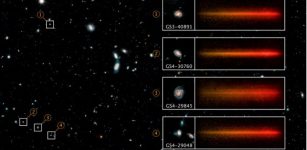Omega Centauri And Missing Link In Massive Black Hole Formation
Eddie Gonzales Jr. – MessageToEagle.com – Astronomers analyzed 500+ Hubble Space Telescope images over 20 years, tracking seven fast-moving stars in Omega Centauri’s core to seek evidence of an intermediate-mass black hole.
These stars offer strong evidence for an intermediate-mass black hole’s gravitational pull. Omega Centauri contains about 10 million gravitationally bound stars.
It’s 10 times more massive than other large globular clusters, nearly matching a small galaxy’s mass. Only some other IMBH (intermediate-mass black holes ) candidates exist.
Among the many questions scientists want to answer:
- Are there any IMBHs, and if so, how common are they?
- Does a supermassive black hole grow from an IMBH?
- How do IMBHs themselves form?
- Are dense star clusters their favored home?
This image shows the central region of the Omega Centauri globular cluster, where NASA’s Hubble Space Telescope found strong evidence for an intermediate-mass black hole candidate. ESA/Hubble, NASA, Maximilian Häberle (MPIA)
The astronomers have now created an enormous catalog for the motions of these stars, measuring the velocities for 1.4 million stars gleaned from the Hubble images of the cluster. Most of these observations were intended to calibrate Hubble’s instruments rather than for scientific use, but they turned out to be an ideal database for the team’s research efforts.
“We discovered seven stars that should not be there,” explained Maximilian Häberle of the Max Planck Institute for Astronomy in Germany, who led this investigation. “They are moving so fast that they would escape the cluster and never come back. The most likely explanation is that a very massive object is gravitationally pulling on these stars and keeping them close to the center. The only object that can be so massive is a black hole, with a mass at least 8,200 times that of our Sun.”
Researchers say that the Omega Centauri black hole may be the best local example of an IMBH, as there are only few others of similar mass.
Written by Eddie Gonzales Jr. – MessageToEagle.com Staff Writer
;




